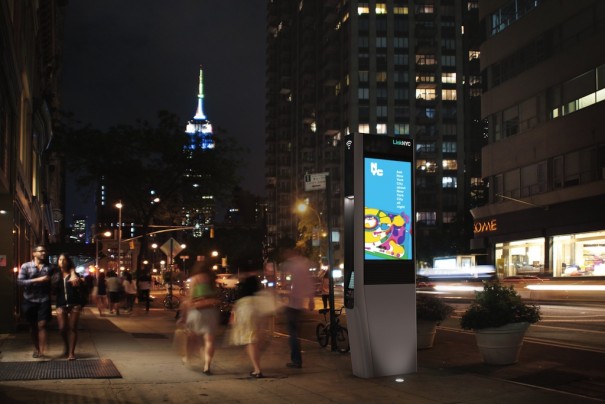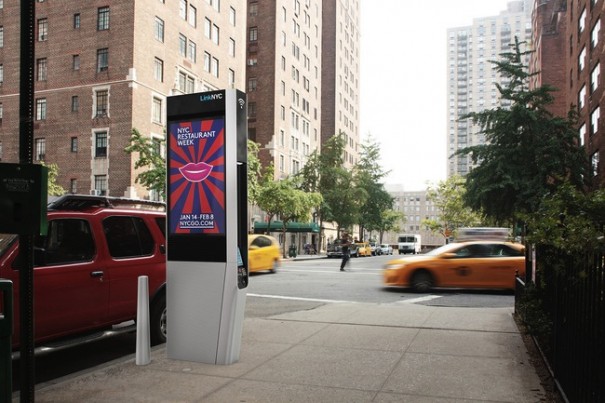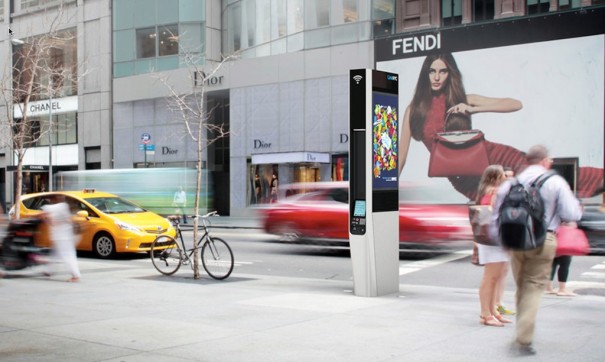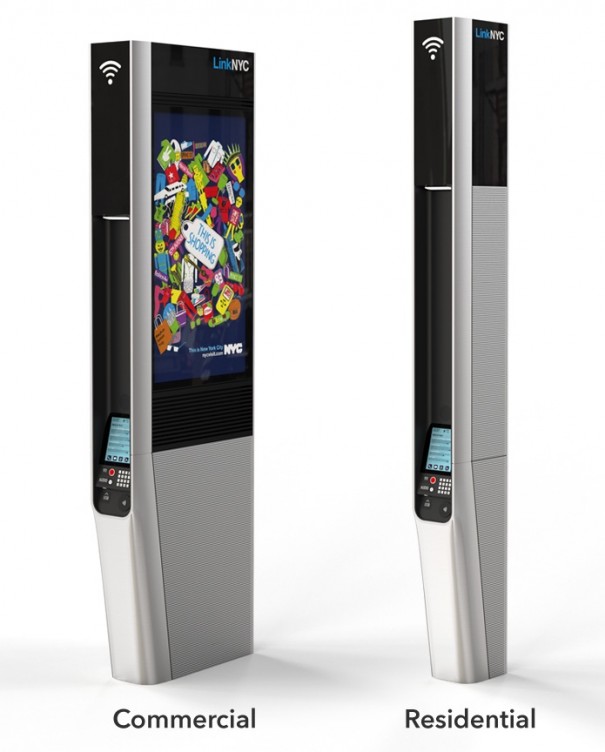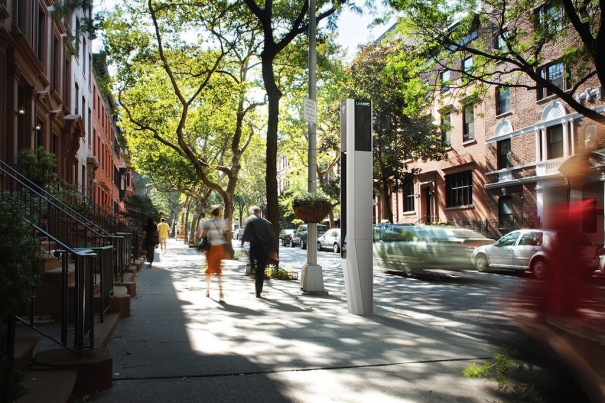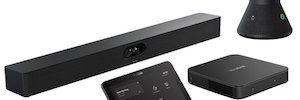Nueva York avanza en su transformación como smart city con la mayor red WiFi del mundo en tótem digitales
El consorcio de empresas CityBridge, responsable del proyecto LinkNYC para sustituir los cerca de 10.000 teléfonos públicos de la ciudad de Nueva York por 8.400 puntos de acceso WiFi situados en tótem digitales informativos para que los ciudadanos puedan conectarse gratuitamente, cuenta ya con la aprobación de las autoridades para desplegar la mayor red inalámbrica del mundo, financiada por publicidad digital dinámica.
The project LinkNYC, adjudicado en concurso al consorcio de empresas CityBridge -formado por Qualcomm, Titan, Control Group, Comark, Transit Wireless and Antenna Design, con un acuerdo de franquicia no exclusiva con DoITT-, parte de la iniciativa del Ayuntamiento de Nueva York realizada hace unos años y efectiva ahora con su actual alcalde, Bill de Blasio, para modernizar la ciudad y eliminar la brecha digital entre los ciudadanos, visitantes y empresas con la sustitución de las 10.000 cabinas telefónicas públicas por 8.400 puntos de acceso a Internet gratuitos vía WiFi y sistemas de información digitales.
Con la aprobación por la Comisión de Franquicias y Concesiones (FCRC) del ayuntamiento de la ciudad, el despliegue de la que será la mayor red WiFi y de soportes digitales de información del mundo se iniciará a finales del presente año y su presupuesto (en torno a los doscientos millones de dólares) se financiará a través de los ingresos por publicidad que se mostrarán en las pantallas digitales, sin coste alguno para los ciudadanos, con las que se prevé recaudar más de quinientos millones de dólares en doce años.
Los cinco distritos de la ciudad -Manhattan, Queens, Bronx, Brooklyn y Staten Island- contarán con estos innovadores puntos de acceso, con un radio de 45 to 50 metros y soporte para unos doscientos usuarios simultáneos, que funcionarán 24×7 y tendrán tres antenas inalámbricas de alta potencia para proporcionar un máximo de 1 GB de velocidad gratuito y realizar llamadas gratuitas dentro de Estados Unidos.
Como ha señalado Bill de Blasio en un comunicado, “con esta propuesta para poner en marcha la más amplia y rápida red de internet gratis municipal del mundo, accesible y libre para todos los neoyorquinos y visitantes, estamos dando un paso crítico hacia una ciudad más equitativa, abierta y conectada”.
Publicidad digital dinámica
Estos soportes, que contarán también con un teclado en braille para personas con discapacidad visual y estación de recarga de dispositivos móviles, integrarán dos grandes pantallas digitales táctiles con el sistema operativo Android de Google para proporcionar información de interés y servicios de la ciudad de Nueva York, como mapas interactivos, principales monumentos, servicios de emergencia (con un botón de comunicación directa al 911 and 311), navegar por la red, etc.
A través de estas pantallas, y como principal elemento para financiar el proyecto LinkNYC, se mostrarán espacios publicitarios dinámicos de los anunciantes que apuesten por este proyecto para conectar con una enorme y variada audiencia.
Avances en el proceso smart city
El proyecto LinkNYC es uno de los avances más importantes que pondrá en marcha la ciudad en su transformación como smart city. Las primeras quinientas estaciones o puntos de acceso estarán disponibles entre finales de 2015 y principios de 2016, y el proceso continuará durante los próximos seis años y abierto a nuevas posibilidades de interconexión (for example, con la red de metro de la ciudad), ya que el contrato suscrito con el consorcio CityBridge tiene una duración de quince años.
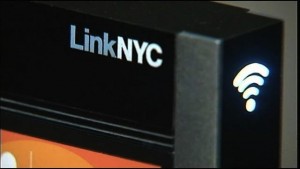 Las estructuras propuestas han sido diseñadas en una elegante estructura de aluminio por el galardonado equipo de Antenna Design, liderado por Masamichi Udagawa y Sigi Moeslinger, para complementar y realzar el paisaje urbano de Nueva York. Como parte del contrato, CityBridge creará una instalación para la fabricación, producción ensamblaje y reparaciones locales de las mismas en los cinco condados, lo que creará en torno a 150 nuevos empleos y unos 650 más complementarios, según las previsiones de sus responsables.
Las estructuras propuestas han sido diseñadas en una elegante estructura de aluminio por el galardonado equipo de Antenna Design, liderado por Masamichi Udagawa y Sigi Moeslinger, para complementar y realzar el paisaje urbano de Nueva York. Como parte del contrato, CityBridge creará una instalación para la fabricación, producción ensamblaje y reparaciones locales de las mismas en los cinco condados, lo que creará en torno a 150 nuevos empleos y unos 650 más complementarios, según las previsiones de sus responsables.
El consorcio CityBridge, con sede en Nueva York, está formado por empresas especializadas en tecnología, advertising, conectividad y experiencia de usuario, elegido mediante un concurso público de Solicitud de propuestas (RFP, en inglés), en el que se evalúo, among others, las características técnicas, eficiencia de funciones, estética, safety, durabilidad, adaptación para discapacitados, beneficios articulados para el público y el servicio de implementación.
You liked this article?
Subscribe to our Feed And you won't miss a thing.
• Section: Fully, Case Studies, Display, Infrastructure, Business, Dynamic advertising, Networks



